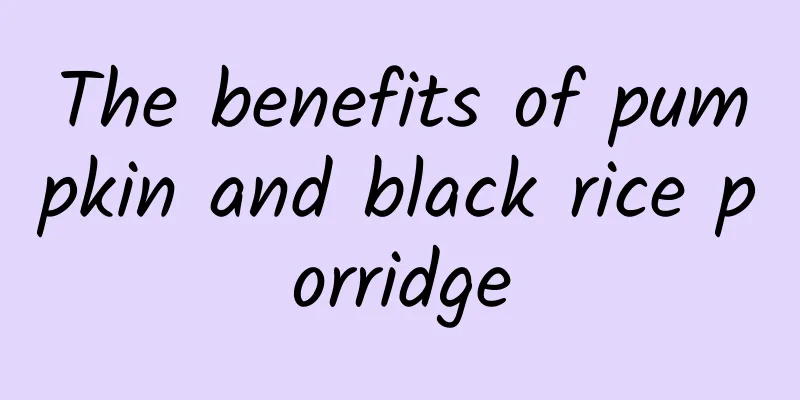What is the Castle of Finland like? Reviews and website information of the Castle of Finland

|
What is Suomenlinna? Suomenlinna is a coastal defense military fortress built in the 18th century. It is also one of the largest coastal defense military fortresses in the world and has been rated as a World Heritage Site by UNESCO. Some citizens of Helsinki live in the castle. There are complex buildings such as open forts, hidden bunkers and turrets on the island. There are museums, cafes and restaurants for tourists to visit. Website: www.suomenlinna.fi Suomenlinna: A World Heritage Site Where History and Modernity MeetSuomenlinna, as one of the world's largest coastal defense military fortresses, not only carries profound historical and cultural value, but also has become a landmark attraction in Finland with its unique geographical location and rich architectural structure. This island fortress near Helsinki is not only a World Heritage Site rated by UNESCO, but also a unique existence that integrates history, art and life. This article will explore the historical background, architectural features, cultural heritage and charm of Suomenlinna as a tourist destination. History: From defensive fortress to world heritage siteThe story of Suomenlinna began in the mid-18th century, when the Kingdom of Sweden began to build a huge coastal defense military fortress on a series of small islands in the Bay of Helsinki in order to resist the threat of Russia. The project was originally called "Sveaborg", which means "Swedish fortress". The entire construction process took decades and consumed a lot of manpower and material resources, and eventually formed a complex defense system consisting of open forts, hidden bunkers, turrets, etc. However, over time, the fate of Suomenlinna has undergone many twists and turns. In the early 19th century, Russia occupied the area during the war against Sweden and renamed it "Viapori" ("fortress" in Finnish). During the Russian rule, the castle continued to play an important military role, and also witnessed the historical process of Finland's gradual independence. In 1917, after Finland declared independence, the castle was officially renamed "Suomenlinna", which means "Fortress of Finland", and gradually transformed into a cultural and residential area for peaceful purposes. Today, Suomenlinna is not only one of the most important historical sites in Finland, but was also listed on the World Heritage List by UNESCO in 1991. This honor not only affirms its historical and cultural value worldwide, but also attracts more international tourists and researchers to the castle. Architectural features: complex defense system and unique island lifeThe architectural style of the Finnish fortress is mainly solid and practical, while also having a certain aesthetic design. The entire fortress consists of multiple islands, connected by causeways and bridges to form a complete defense system. The buildings on the islands mainly include the following types:
In addition to these military facilities, Suomenlinna also has a series of civilian buildings. For example, there are many historic houses on the island, some of which are still inhabited today. In addition, there are museums, cafes and restaurants in the castle, providing visitors with a rich experience choice. It is worth mentioning that the architecture of Suomenlinna is not static. In different historical periods, the structure and function of the castle have undergone different degrees of adjustment and transformation. For example, during the Russian rule, many new buildings and facilities were added to the castle; in modern times, the castle pays more attention to protecting the original buildings while integrating modern lifestyles. Cultural Heritage: Combination of Historical Memory and Artistic CreationAs a world heritage site, Suomenlinna is not only a complex of buildings, but also a place with rich cultural heritage. It preserves a large number of historical documents, cultural relics and artworks, and records many important events from the 18th century to the present. The museums in the castle are an important window to understand its history and culture. The most famous one is the Suomenlinna Museum, which shows visitors the construction process of the castle, its military use, and the lives of residents through rich exhibits. In addition, there is the Finnish Maritime Museum, which specializes in the history of the Finnish Navy, and an exhibition hall that displays contemporary art works. In addition to the museum, Suomenlinna is also a source of inspiration for many artists. Every summer, the castle hosts various cultural and artistic activities, such as concerts, drama performances and art exhibitions. These activities not only enrich the experience of tourists, but also make the castle an important place for cultural exchange. Travel experience: Explore the diverse charm of the castleFor tourists, Suomenlinna is a destination full of surprises. Whether you are interested in history or want to enjoy a leisurely island life, there is something for everyone here. First of all, the walking trails inside the castle are the best way to explore its architecture and natural scenery. Walking along the winding paths, you can get a close look at the well-preserved fortresses, turrets and houses, and feel the breath of history. At the same time, you can also enjoy the magnificent view of Helsinki Bay along the way. Secondly, the museum and exhibition hall in the castle are a good place to learn more about its cultural background. Whether it is a detailed introduction to the history of the castle or the wonderful story of the development of the Finnish Navy, it will make people linger. Of course, if you just want to relax, the cafes and restaurants in the castle are also good choices. Here, you can taste authentic Finnish food and enjoy the relaxing time with the sea breeze. It is particularly worth mentioning that Suomenlinna also offers some unique tourism experience projects. For example, you can take a guided tour of the castle and follow a professional guide to learn more about its history and architectural features; or rent a small boat and sail freely in the waters around the castle to appreciate the majestic figure of this sea fortress from different angles. Conclusion: The eternal charm of SuomenlinnaSuomenlinna is not only an ancient fortress that bears witness to history, but also a unique space that integrates nature, culture and life. From its magnificent architecture to its colorful cultural activities and unforgettable tourist experiences, Suomenlinna always exudes a fascinating charm. If you plan to visit Helsinki, you might want to take some time to visit Suomenlinna. There, you can not only feel the weight of history, but also enjoy the convenience and comfort of modern life. As described on its official website ( www.suomenlinna.fi ), Suomenlinna is a place worth visiting again and again, and each time it will bring you new discoveries and insights. |
<<: How is Irish TV3? Irish TV3 TV review and website information
>>: What is Swiss Re like? Swiss Re reviews and website information
Recommend
The efficacy and consumption of black bean porridge
In the eyes of today's beauty-loving women, b...
Apple and Carrot Oatmeal
Apple, carrot and oatmeal porridge is very nutriti...
What is Atlante Football Club like? Atlante Football Club reviews and website information
What is the website of Club de Fútbol Atlante? Clu...
How is Czech Airlines? Czech Airlines reviews and website information
What is the website of Czech Airlines? Czech Airli...
How to eat olive oil How to eat olive oil
In the eyes of many people, olive oil is a natura...
Dietary treatment for insomnia What foods are good for insomnia
The increasing pressure in modern cities has brou...
What to do if black fungus rots
When we grow black fungus, what should we do if t...
How to pickle kohlrabi? How to pickle kohlrabi
Many people pickle kohlrabi. How much do you know...
How to take birth control pills and the dangers of taking birth control pills
Many women in their childbearing years have no pl...
What is Centennial College like? Centennial College reviews and website information
What is Centennial College? Centennial College is ...
How is Keble College, Oxford? Reviews and website information of Keble College, Oxford
What is the website of Keble College, Oxford? Kebl...
Can pregnant women drink longan porridge?
Can pregnant women drink longan porridge? I belie...
The benefits of eating bergamot
Buddha's hand is a kind of Rutaceae plant. It...
The efficacy and function of peanut
Peanut is a perennial herbaceous plant of the Fab...
What is Grupo Mexico like? Grupo Mexico reviews and website information
What is the website of Grupo Mexicano? Grupo Mexic...









